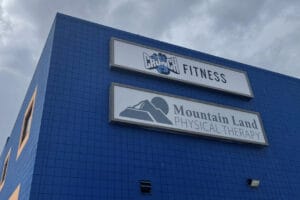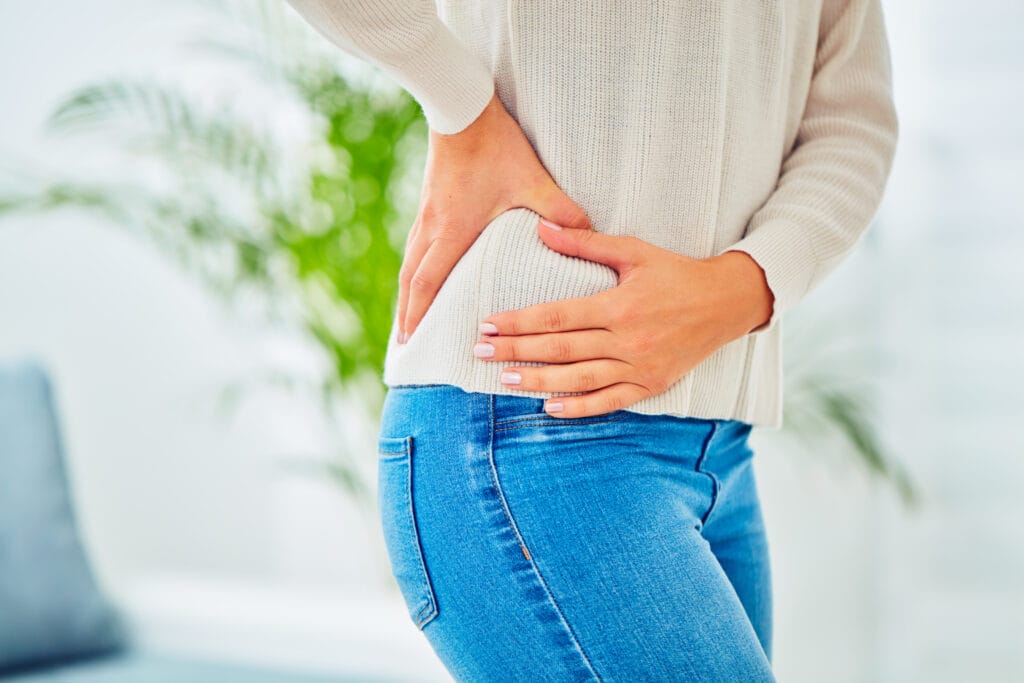Soft tissue hip pain relief therapy is meant to improve patient outcomes with soft tissue-related hip pain specifically at the lateral hip. Oftentimes these patients have been diagnosed with Trochanteric Bursitis, Gluteal Tendonitis, Greater Trochanteric Pain Syndrome, or Piriformis Syndrome. Differential diagnoses would include low back pain with radiating symptoms and hip osteoarthritis. Typically these patients have pain in the hips with standing, sitting on hard surfaces, and walking or laying on their sides. With focused interventions, we assist patients in developing new sitting and sleeping habits to decrease daily irritation of the lateral hip structures during rest periods. We also provide patients with directed muscle activation and control activity. Initially, this is focused on isometric muscle activation to decrease compressive loads to the lateral hip structures in various positions. We then progressively work with patients on muscle activation and strengthening in more weight-bearing and compressive loading tasks. Patients will be provided with a home program for more consistent and independent management of their symptoms.
What we can help you with
- Trochanteric Bursitis
- Gluteal Tendonitis
- Greater Trochanteric Pain Syndrome
- Piriformis Syndrome
FAQ
What is causing the lateral hip pain?
Pain in this region, if truly a soft tissue problem occurs at the tendon attachments onto the greater trochanter. This can include tendons of the gluteus maximus, gluteus medius, gluteus minimus and piriformis. Weakness in these muscles causes additional stress and inflammation on the tendon and increased compression through the bursa in that region. Strain and stress in this area can occur in weight-bearing and non-weight-bearing positions.
Is stretching good for this?
Stretching is good, but in this case stretching increases the compressive load to these structures and can increase the pain. We will work to return to a stretching program when appropriate.
Is foam rolling helpful?
Similar to stretching, foam rolling generally is a helpful tool. However, with lateral hip pain during the initial phases foam rolling is actually less beneficial and may in fact cause a worsening of symptoms due to increased compression in the already irritated soft tissue structures. Foam rolling will be re-introduced as a management tool during the later phases of treatment.
How much time to do I need to dedicate at home?
You will be given 3-5 exercises for daily use at home. This should take about 10 minutes to complete. You may also be provided with various simple tasks to practice during other daily tasks for improved stability and muscle activation with your everyday movements.
Can this be affected by the way I sleep or sit?
Yes, it can. Lower tension positions include lying on your back with your knees supported by a pillow or on your side with a pillow between your knees. While sitting keep your feet about hip-width apart with your legs resting on the seat of the chair and your feet resting flat on the floor.
Do I need to get an injection in the hip?
Maybe, we will know in about 4 weeks of focused PT intervention if the inflammation in these structures need injection to decrease inflammation. We will continue with the course of care following for long term improvement.





